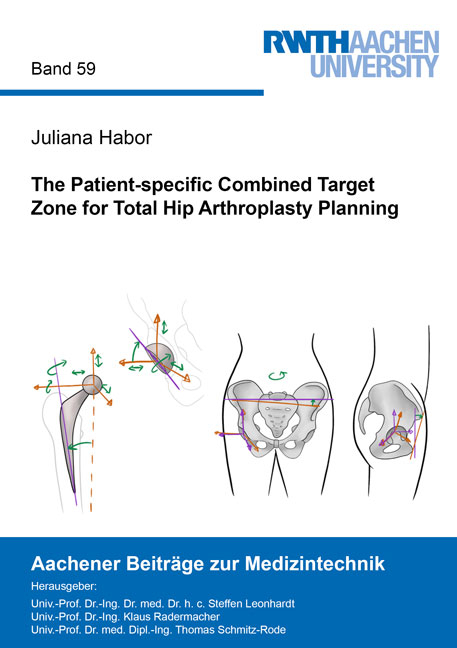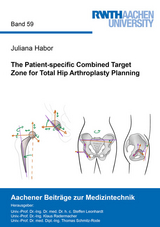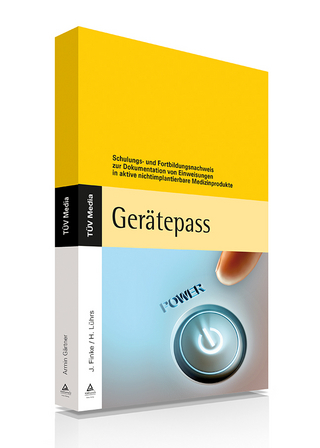The Patient-specific Combined Target Zone for Total Hip Arthroplasty Planning
Seiten
Total hip arthroplasty is one of the most frequently performed joint replacement procedures. In this thesis, a throughout literature review was performed first in order to identify criteria, methods and rules for adapting the implant alignment and design to the individual patient. Criteria that are considered in literature include the prosthetic and bony range of motion, the pelvic tilt, the cup containment, and the resulting hip force. The planning methods in literature incorporate one or more of the described criteria but not all of them at once.
It was found that morphological parameters such as the bone surface and functional parameters such as the pelvic tilt in standing position are needed for patient-specific planning. For integrating the data acquisition into the clinical workflow, two concepts are introduced. The first approach is based on CT and weight-bearing X-ray, the second one on multi-planar X-rays and a statistical shape model.
A new method for calculation of a patient-specific target zone including all relevant criteria is developed and evaluated. Its modular design allows the integration of further criteria. The algorithm considers the cup coverage, the residual bone thickness prior to penetration, the leg length discrepancy, the minimal distances to impingement, the minimal distance to edge loading and the difference of the resulting hip force compared to the pre-operative situation. A validation of this method based on a retrospective analysis of 201 patients showed that the patient reported outcomes are higher for the patients whose implant are inside the so-called combined target zone.
It was found that morphological parameters such as the bone surface and functional parameters such as the pelvic tilt in standing position are needed for patient-specific planning. For integrating the data acquisition into the clinical workflow, two concepts are introduced. The first approach is based on CT and weight-bearing X-ray, the second one on multi-planar X-rays and a statistical shape model.
A new method for calculation of a patient-specific target zone including all relevant criteria is developed and evaluated. Its modular design allows the integration of further criteria. The algorithm considers the cup coverage, the residual bone thickness prior to penetration, the leg length discrepancy, the minimal distances to impingement, the minimal distance to edge loading and the difference of the resulting hip force compared to the pre-operative situation. A validation of this method based on a retrospective analysis of 201 patients showed that the patient reported outcomes are higher for the patients whose implant are inside the so-called combined target zone.
| Erscheinungsdatum | 29.09.2020 |
|---|---|
| Reihe/Serie | Aachener Beiträge zur Medizintechnik ; 59 |
| Verlagsort | Düren |
| Sprache | englisch |
| Maße | 148 x 210 mm |
| Gewicht | 275 g |
| Themenwelt | Medizin / Pharmazie |
| Technik ► Medizintechnik | |
| Schlagworte | Endoprothetik • Hüfte • Patienten-individuelle Planung |
| ISBN-10 | 3-8440-7599-2 / 3844075992 |
| ISBN-13 | 978-3-8440-7599-1 / 9783844075991 |
| Zustand | Neuware |
| Haben Sie eine Frage zum Produkt? |
Mehr entdecken
aus dem Bereich
aus dem Bereich
Schulungs- und Fortbildungsnachweis zur Dokumentation von …
Buch | Softcover (2024)
TÜV Media GmbH TÜV Rheinland Group (Verlag)
6,53 €
Ökodesign-Verordnung für nachhaltige Produkte (ESPR)
Buch | Softcover (2024)
DIN Media (Verlag)
49,00 €
Moderne Verfahren in Diagnostik und Therapie
Buch (2023)
Spektrum der Wissenschaft (Verlag)
9,30 €




